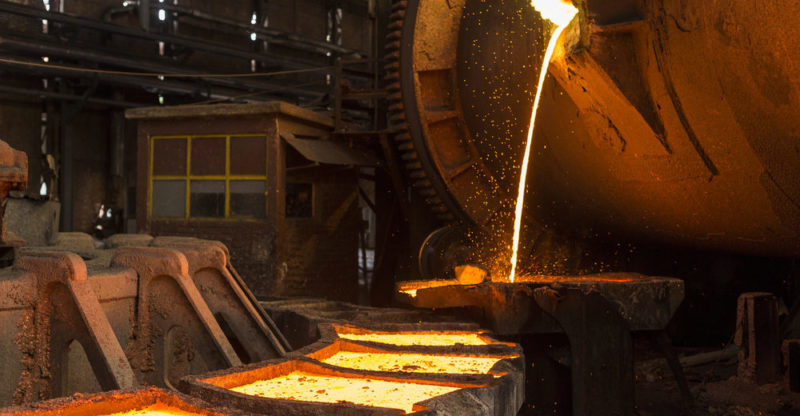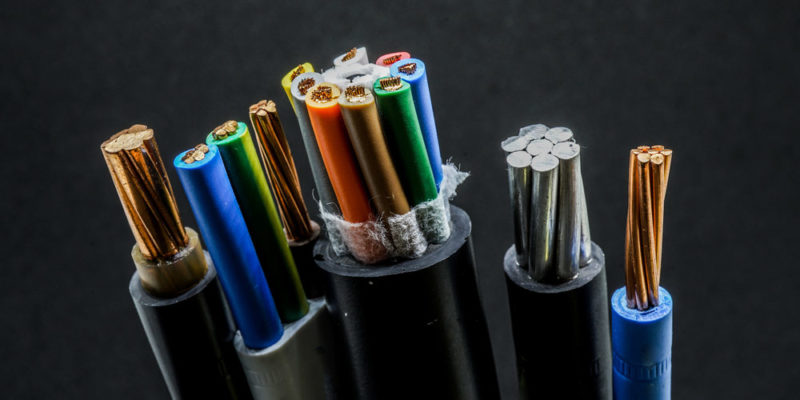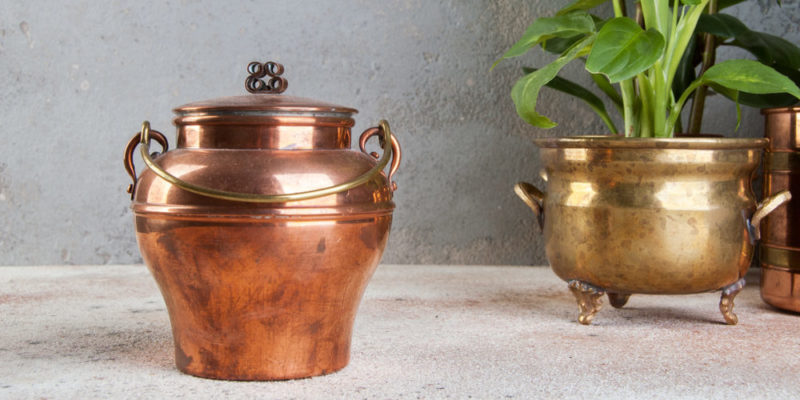We explain what copper is, the history of this metal, and its melting and boiling points. Also, what are its features and utilities?
What is copper?
Copper is a transition metal that, at room temperature and in the natural state, is in the solid state. Its chemical symbol is Cu and its atomic number is 29.
Copper is a resistant metal with great hardness but, nevertheless, it is not one of the hardest of nature. It has the ability to resist blows, pulling and pushing forces, cuts, or physical alterations in general. However, it is a metal that, like many existing metals, exhibits brittleness if subjected to extremely low temperatures.
History of copper

If we go back in time, we can almost say that copper is the first metal that man learned to use. Both in its natural state and by heating it to achieve greater possibilities of shapes and thus create useful tools. It would be normal to think that the discovery of the behavior of copper in the face of heat was accidental, however, as the years went by, new properties of this metal were discovered.
Characteristics of copper

- It is present in various organic structures. Copper helps the formation and development of organic structures. For example, in the human body, it is part of the creation of red blood cells and the maintenance of blood vessels.
- Its boiling and melting points are extremely high. The melting point of copper is 1085.62 degrees Celsius. The boiling point of copper is 2562 degrees Celsius.
- It is one of the materials with the greatest capacity to conduct electricity. This property is explained by the weak bonds of the electrons that it has within its structure. In this way, the particles can move freely. Although copper is not metal with magnetic properties, if we let electricity pass through copper wires wound in coils, we will have a magnetic field as a result.
- It is one of the materials that have the greatest capacity to conduct heat (thermal conductivity). Thanks to this physical characteristic, copper has been the preferred metal for the manufacture of kitchen utensils for years.
- It is a resistant metal with great hardness. Although it is not one of the harshest elements of nature, it has the ability to withstand shocks, pulling and pushing forces, cuts, or physical alterations in general. However, it is a metal that, like many existing metals, exhibits brittleness if subjected to extremely low temperatures.
- It is one of the most ductile metals that exist. Together with lead and gold, copper is very ductile thanks to the fact that its atoms have the possibility of sliding over each other and, in this way, the metal manages to stretch without breaking. Due to this quality, copper is widely used to make cables and all articles that are subjected to forces of pressure, stretching, and constant movement.
- It is very malleable. The malleability is associated with the formation of sheets of metal. As in gold and silver, copper is a metal that is easily deformed at room temperature and this is achieved without breaking or cracking. Despite being at room temperature, it can be stretched, hammered, pressed, deformed, and yet will not break.
- It presents high toxicity to the human body. There is a genetic disease called Wilson, which develops due to high levels of copper accumulated in the body, and affects different vital organs, especially the liver and brain, and can cause death. On the other hand, the excessive use of some insecticides or fungicides that contain copper or the excessive consumption of food supplements can also cause an accumulation of copper in the body.

Copper alloys
Copper is often mixed with other metals to form alloys in order to modify their properties for specific purposes. The most common alloys of copper are bronze (copper-tin alloy) and brass (copper-zinc alloy).
Uses of copper
 Copper is a multifaceted metal that is used for many purposes. This metal is the favorite for the manufacture of kitchen utensils due to its thermal conductivity, or to manufacture cables, welds, ornaments, jewelry, among other things, thanks to its great malleability and ductility.
Copper is a multifaceted metal that is used for many purposes. This metal is the favorite for the manufacture of kitchen utensils due to its thermal conductivity, or to manufacture cables, welds, ornaments, jewelry, among other things, thanks to its great malleability and ductility.It also has bactericidal properties, which make it a very useful material for the production of bactericidal and fungicidal substances. On the other hand, it is an excellent catalyst used in various chemical processes and even perfectly serves as a catalytic converter in cars.
The above content published at Collaborative Research Group is for informational and educational purposes only and has been developed by referring to reliable sources and recommendations from technology experts. We do not have any contact with official entities nor do we intend to replace the information that they emit.
MA student of the TransAtlantic Masters program at UNC-Chapel Hill. Political Science with a focus on European Studies. Expressed ideas are open to revision. He not only covers Technical articles but also has skills in the fields of SEO, graphics, web development and coding. .
Leave a reply
Your email address will not be published. Required fields are marked *Recent post

Sport: What Is It, Types, Risks, Features, Characteristics and Examples

Dogs: Emergence, Features, Characteristics, Feeding and Breeds

Story: Definition, Elements, Structure, Features and Characteristics

